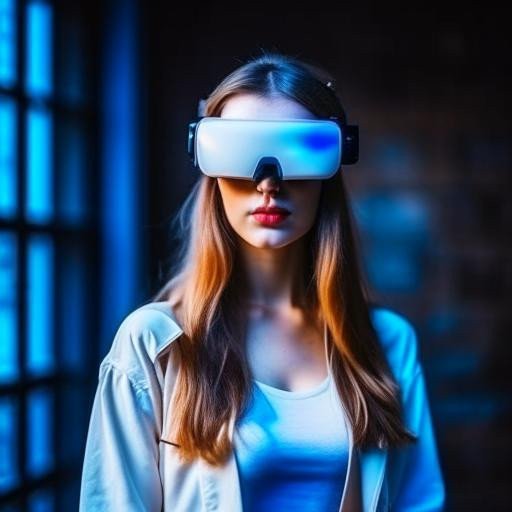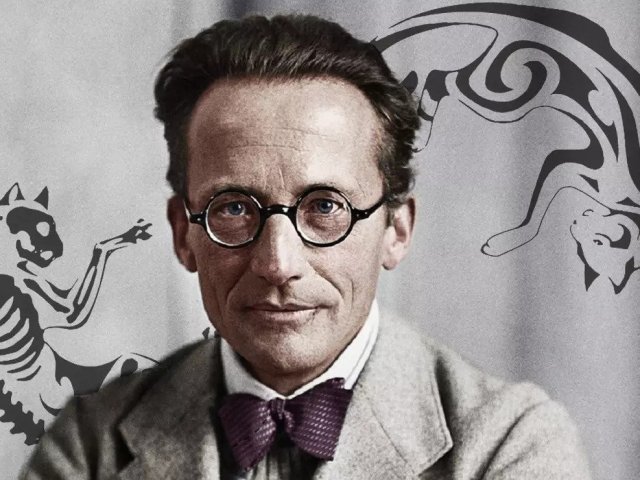There is one more reality outside the world around us. It is built with the help of computer graphics. Everybody must know special devices: glasses or helmets that transfer people to a different world. However, virtual reality (VR) is not about computer games alone. It becomes a new efficient tool of experimental psychology opening increasingly more opportunities for solving the mysteries of human conscience and brain.
«Be careful, opportunities are being opened»
The prototype of modern augmented reality glasses and helmets was launched back in the 1830s. The device was called stereoscope. It allowed for viewing photos as 3-dimensional images. At present, the method of creating such images has changed. The effect is achieved by visualization of 3D objects using the methods of computer graphics, animation and programming. However, it is not about information technologies alone. The issue is question is about psychological ones as well. The constructed and changing in time virtual environment allows for recording the position of viewer in it, which, in its turn, offers new research opportunities for experimental psychology having advantages if compared to traditional laboratory tools.
The first one of them is ecological validity. The technology of virtual reality allows for not only creating fairytale worlds, but the environment similar to the real world. Moreover, all parameters of experimental situation remain under control.
The second one is flexibility. VR dimension is formed artificially, which means that such a reality is adaptive. Thus, it is easy to change the parameters of objects and events in it.
The possibility of polymodal stimulation. It means that VR-systems allow for imitating visual, tactile and sound images simultaneously. Such manipulations are hardly possible in traditional psychological studies.
Finally, the fourth benefit lies in full registration of behavioral reactions.
All these keys (opportunities) help psychologists to plumb the mysteries of human conscience. That is why VR technology is used in cognitive psychology, psychology of communication, social psychology, and other spheres.
Cognitive psychology
Among the application areas for VR in cognitive psychology there is the study of human perception features during the tests of new virtual reality systems. First of all, the scientists are interested in visual, sound and haptic (tactile) modalities of perception.
For instance, foreign researchers made an experiment in 2000. Using VR, they studied gender differences in spatial orientation of viewers in inextricable maze. The specialists were interested in activity/passivity, gender differences, and cognitive styles of viewers who were passing through the maze. It turned out that men and women used different methods of navigation. The difference lay in choosing the strategy of using landmark cues: female viewers got oriented by visible objects, while male ones also took into account the geometry of spatial concept of location.
Psychology of Communication
In this sphere, the attention of scientists is focused on the special features of interaction between human beings and 3D creatures – avatars or computer agents – in virtual reality.
For instance, some scholar papers (Bailenson et al.; Krikorian et al.) show that a very important moments of letting an alien avatar into the private space of one’s own avatar included the gender of tested person and the perceived one of alien avatar, as well as the look-at points of both avatars. However, such features are typical of traditional communication in the real world as well.
Virtual environment is also efficient for diagnosing communication disorders and training speech skills. For instance, the scholar paper by S. Williams describes a training session with participation of a specialist in speech pathology and patient. The former would observe the special features of interaction between the tested person and virtual character within the framework of an everyday life scenario created beforehand. After that, the obtained psychophysiological parameters (heartbeat rate, galvanic skin resistance, etc.) were analyzed, and the scientists would choose the scenarios of future interactions from the library of such scenarios being created at present.
Social Psychology
Social psychology studies the special features of team work in virtual reality (it is often described as co-presence) and interactions mediated through virtual representatives – avatars or characters similar to them. For instance, as a result of experiment, the scientists have found the evidence that its participants prefer anthropomorphous (as contrasted with the ones having no similarity with people) inhabitants of virtual reality with gender and race of them being the same as the tested persons have.
The most important application spheres for VR-technology include psychotherapy and rendering psychological aid to patients suffering from fears, phobias and posttraumatic stress. For instance, in late 1990s, psychologist Barbara Rothbaum worked with patients suffering from posttraumatic stress disorders. Initially, she modeled virtual places which caused high anxiety and fear in patients, veterans of the war in Vietnam. Parallel to this, she used exposure therapy, the method of making the patient interact with frightening images and characters. It resulted in reducing the extent of anxiety by 45%.
Today, the technology of virtual reality becomes more complex, while the set of its functions expands. It offers new prospects and opportunities for applied psychology changing and complementing the established research paradigms.
Photo on the page and on the homepage: The image is generated by a neural network Rudalle.ru (This material is distributed under a Public license with indication of authorship and with preservation of conditions, copyright holder Sberbank PJSC©, 2023, all rights reserved)






















